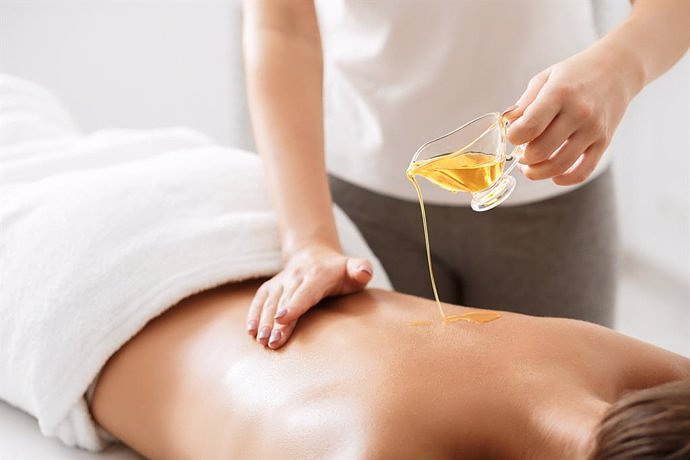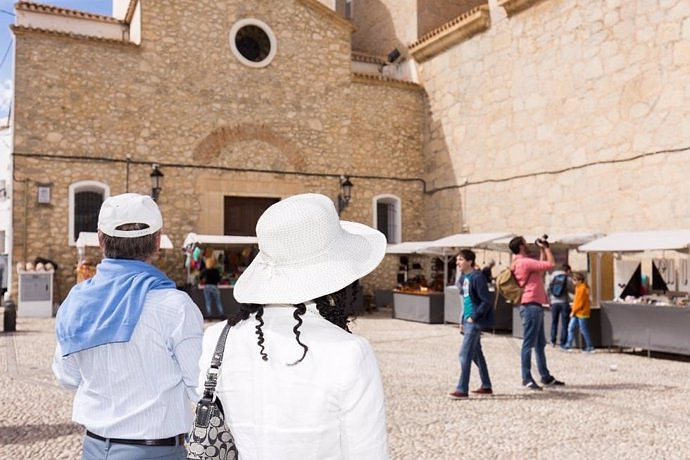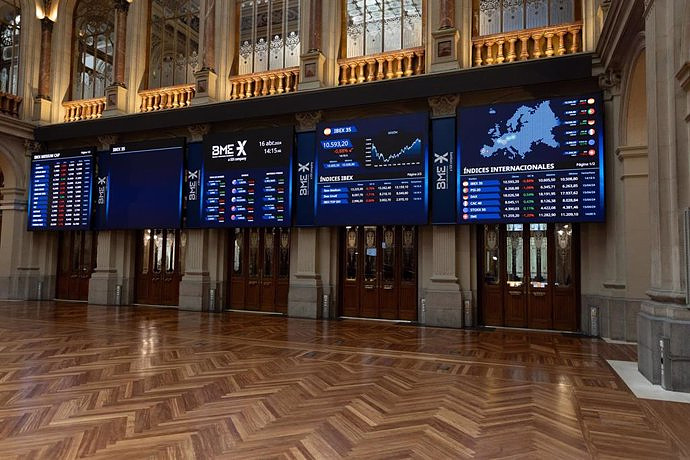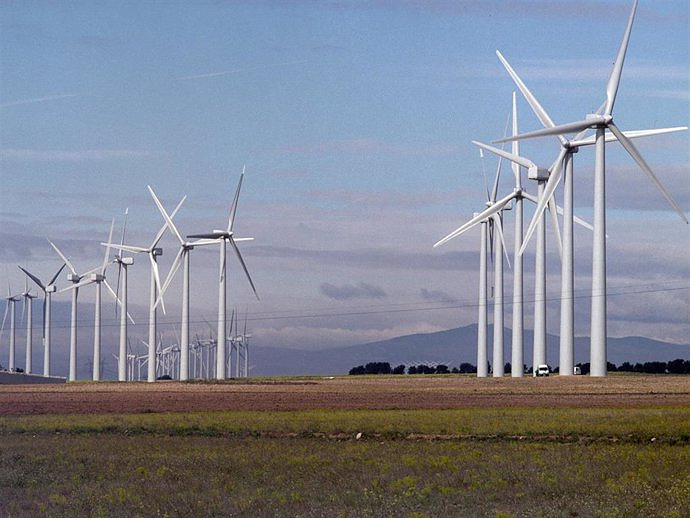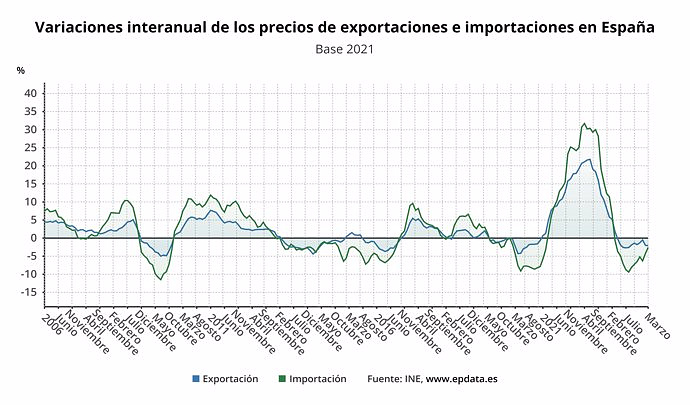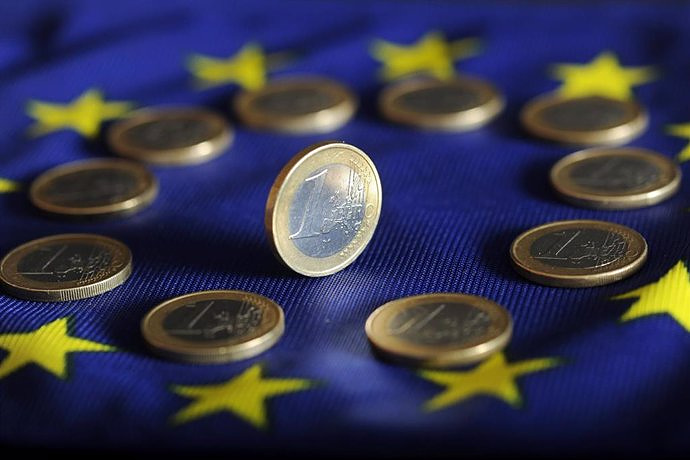It does recognize the advantages of tai chi, although it clarifies that "the benefit is linked to performing physical activity"
MADRID, 11 Abr. (EUROPA PRESS) -
The Ministry of Health, following the reports developed by the Spanish Network of Health Technology Agencies and Benefits of the National Health System (RedETS), has concluded that vacuum therapy, light therapy for mental health problems, conscious breathing, chi- kung/qigong, zerobalancing, aromatherapy and relaxation techniques based on the induction of bodily sensations should be considered pseudotherapies.
On the other hand, Health does recognize the advantages of tai chi, although it clarifies that "the benefit is linked to performing physical activity." "From a physiological point of view, it would be a type of exercise with which all the muscles of the body can be worked, enhancing strength, flexibility and balance and with fewer problems of muscle overload and risk of injuries associated with other sports disciplines," they highlight. .
Thus, the report concludes that this practice, as a physical activity carried out in various pathologies, especially those of the musculoskeletal area, is "beneficial" with respect to perceived well-being and various functions such as pain reduction.
However, in the remaining seven activities, the main reason alleged for their inclusion in the field of pseudotherapies is the lack of scientific evidence, which rules out their use in the clinical setting.
These eight therapies evaluated are part of the 16 that, as reported by the Ministry of Health last February, were ready to publish. Therefore, there are still eight more to know.
Vacuotherapy ('cupping' or cupping therapy) in musculoskeletal pathology, which consists of the application of glass or plastic cups, heated on the skin or through other cupping techniques, at different points of the body, "cannot be considered a safe therapy," according to the report.
This is due to the inherent risks of applying the technique to the human body, mostly in wet vacuum therapy. "The benefit they could show is based on low-quality studies that do not support their effectiveness, so their use in this indication would not be recommended," the document details.
Light therapy for mental health problems, for its part, is based on the use of light for therapeutic purposes. It is commonly applied with the use of a light box placed approximately one meter away at a height within the field of view; however, application is possible with a portable overhead light source, ceiling-mounted light fixtures; or 'naturalistic' light therapy, known as dawn-dusk simulation, which mimics twilight transitions outdoors.
Due to various methodological limitations of the included studies, it is not possible to draw definitive conclusions about the effectiveness and safety of light therapy in mental health problems. Furthermore, the report notes that "there is insufficient evidence" to support its use in mental health.
As for conscious breathing, which consists of being fully present at the moment when breathing is performed and feeling its effects on the body, the report highlights that they must be interpreted "with caution." The cause is the lack of guarantee that its efficacy results can be extrapolated to clinical practice.
The same goes for chi-kung/qigong, breathing and movement exercises with some possible health benefits. With it, you can work all the muscles of the body, enhancing strength, flexibility and balance.
Health concludes that it could have the benefit of low-impact physical activity on people with musculoskeletal diseases and in those where it can contribute to reducing stress levels and improving quality of life with a low risk of adverse effects. However, he warns that "the evidence supporting this claim is of low quality."
Zerobalancing, for its part, is a technique or modality of physical and manual mind/body work that, according to its founder, Fritz Frederick Smith, involves 'energy' and 'structure', achieving balance in the individual. From the document it is extracted that, with the information available at the time, there is no evidence on the safety and effectiveness of the technique in any clinical condition.
The low quality of the studies carried out is also the reason for the classification of aromatherapy as pseudotherapy. It is a branch of phytotherapy that uses essential oils (extracted from plants) with the aim of improving well-being, reducing anxiety, stress and other clinical symptoms, both emotional and physical.
Although aromatherapy can be a complementary resource of some value for the treatment of physical and psychological symptoms in cardiovascular diseases and dysmenorrhea, Health clarifies that "essential oils are natural, but not harmless." In fact, a series of mild adverse events associated with its use have been identified.
Finally, among the relaxation techniques based on the induction of bodily sensations, autogenic relaxation training (or autogenic training) stands out, which consists of reaching a state of deep relaxation through mental representations of physical sensations (heat, cold, heaviness) in different parts of the body.
The report notes that autogenic training could be beneficial in improving psychological and physical symptoms in different health conditions, but the conclusions cannot be "definitive" due to the low number of studies for each health condition and their high risk of bias. or uncertain. "It is necessary to continue evaluating the safety of these techniques," the document concludes.
To date, 13 evaluation reports have been published, which add to the 73 therapies classified from the beginning as pseudotherapies as they do not have scientific evidence of any kind.
These 73 pseudotherapies are: somatoemotional analysis, transactional analysis, angels of Atlantis, harmonics, arolo tifar, ataraxia, aura soma, biocybernetics, breema, energy surgery, transformational coaching, systematic constellations, quartz crystals, chromopuncture, quartz bowls, Tibetan bowls , diaphreotherapy, tuning forks, acupressure, marine essences, spinology, fasciotherapy, feng shui, flowers of the dawn, fruit therapy, gemotherapy, geobiology, geochromotherapy, geotherapy, graphotherapy, colon hydrotherapy, ericksonian hypnosis, homeosynthesis, iridology, lama-fera, babandi massage , Californian massage, chakra energy massage, metamorphic massage, Tibetan massage, anthroposophic medicine, Mapuche medicine, orthomolecular medicine, metallotherapy, Kidoc body orientation method, Grinberg method, numerology, oligotherapy, urine therapy, biocatalytic oxygenation, stones hot, vastu pyramid, sea plasma, posturology, pranotherapy, psychohomeopathy, psychic healing, quintan, radioesthesia, rebirthing, core synchronization, sophronization, sotai, tantra, phosphenic technique, metamorphic technique, nimmo massage technique, bioenergetic therapy, biomagnetic therapy, therapy cellular memory renewal (cmrt), california flower therapy, orchid flower therapy, and regressive therapy.
The last nine reports, published in August 2022, analyzed the effectiveness and safety of acupuncture, pilates, yoga, flower therapy, reflexology, music therapy, tumor therapy, meditation and deep structural massage.

 Exploring Cardano: Inner Workings and Advantages of this Cryptocurrency
Exploring Cardano: Inner Workings and Advantages of this Cryptocurrency Seville.- Economy.- Innova.- STSA inaugurates its new painting and sealing hangar in San Pablo, for 18 million
Seville.- Economy.- Innova.- STSA inaugurates its new painting and sealing hangar in San Pablo, for 18 million Innova.- More than 300 volunteers join the Andalucía Compromiso Digital network in one month to facilitate access to ICT
Innova.- More than 300 volunteers join the Andalucía Compromiso Digital network in one month to facilitate access to ICT Innova.-AMP.- Ayesa acquires 51% of Sadiel, which will create new technological engineering products and expand markets
Innova.-AMP.- Ayesa acquires 51% of Sadiel, which will create new technological engineering products and expand markets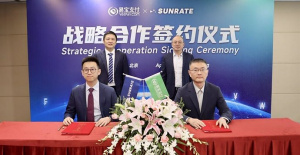 STATEMENT: SUNRATE partners with YeePay to empower Chinese companies to navigate global expansion
STATEMENT: SUNRATE partners with YeePay to empower Chinese companies to navigate global expansion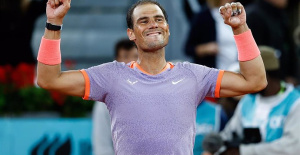 Nadal is still alive and exciting in Madrid
Nadal is still alive and exciting in Madrid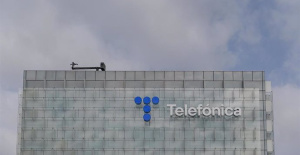 The Treasury injected another 500 million into the SEPI in March to purchase Telefónica shares
The Treasury injected another 500 million into the SEPI in March to purchase Telefónica shares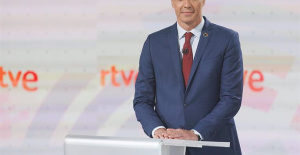 The complaints from ERC and PP against Sánchez's interview do not reach the JEC in time, which did not consider suspending it
The complaints from ERC and PP against Sánchez's interview do not reach the JEC in time, which did not consider suspending it How Blockchain in being used to shape the future
How Blockchain in being used to shape the future Not just BTC and ETH: Here Are Some More Interesting Coins Worth Focusing on
Not just BTC and ETH: Here Are Some More Interesting Coins Worth Focusing on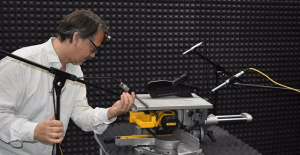 They create a bank of machinery sounds to prevent breakdowns through artificial intelligence
They create a bank of machinery sounds to prevent breakdowns through artificial intelligence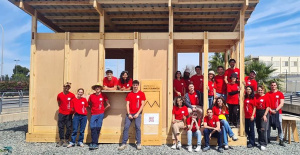 UPV students build a prototype of a wooden house to move to Equatorial Guinea
UPV students build a prototype of a wooden house to move to Equatorial Guinea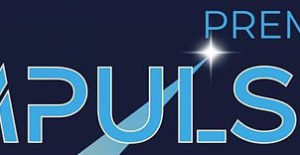 The UA opens the call for the Impulso 2024 Awards for the best innovative business initiatives
The UA opens the call for the Impulso 2024 Awards for the best innovative business initiatives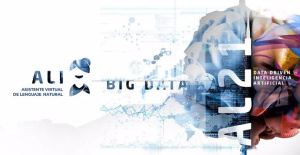 ALI, virtual assistant from Alicante, internationally recognized by the OECD
ALI, virtual assistant from Alicante, internationally recognized by the OECD A million people demonstrate in France against Macron's pension reform
A million people demonstrate in France against Macron's pension reform Russia launches several missiles against "critical infrastructure" in the city of Zaporizhia
Russia launches several missiles against "critical infrastructure" in the city of Zaporizhia A "procession" remembers the dead of the Calabria shipwreck as bodies continue to wash up on the shore
A "procession" remembers the dead of the Calabria shipwreck as bodies continue to wash up on the shore Prison sentences handed down for three prominent Hong Kong pro-democracy activists
Prison sentences handed down for three prominent Hong Kong pro-democracy activists ETH continues to leave trading platforms, Ethereum balance on exchanges lowest in 3 years
ETH continues to leave trading platforms, Ethereum balance on exchanges lowest in 3 years Investors invest $450 million in Consensys, Ethereum incubator now valued at $7 billion
Investors invest $450 million in Consensys, Ethereum incubator now valued at $7 billion Alchemy Integrates Ethereum L2 Product Starknet to Enhance Web3 Scalability at a Price 100x Lower Than L1 Fees
Alchemy Integrates Ethereum L2 Product Starknet to Enhance Web3 Scalability at a Price 100x Lower Than L1 Fees Mining Report: Bitcoin's Electricity Consumption Declines by 25% in Q1 2022
Mining Report: Bitcoin's Electricity Consumption Declines by 25% in Q1 2022 Oil-to-Bitcoin Mining Firm Crusoe Energy Systems Raised $505 Million
Oil-to-Bitcoin Mining Firm Crusoe Energy Systems Raised $505 Million Microbt reveals the latest Bitcoin mining rigs -- Machines produce up to 126 TH/s with custom 5nm chip design
Microbt reveals the latest Bitcoin mining rigs -- Machines produce up to 126 TH/s with custom 5nm chip design Bitcoin's Mining Difficulty Hits a Lifetime High, With More Than 90% of BTC Supply Issued
Bitcoin's Mining Difficulty Hits a Lifetime High, With More Than 90% of BTC Supply Issued The Biggest Movers are Near, EOS, and RUNE during Friday's Selloff
The Biggest Movers are Near, EOS, and RUNE during Friday's Selloff Global Markets Spooked by a Hawkish Fed and Covid, Stocks and Crypto Gain After Musk Buys Twitter
Global Markets Spooked by a Hawkish Fed and Covid, Stocks and Crypto Gain After Musk Buys Twitter Bitso to offset carbon emissions from the Trading Platform's ERC20, ETH, and BTC Transactions
Bitso to offset carbon emissions from the Trading Platform's ERC20, ETH, and BTC Transactions Draftkings Announces 2022 College Hoops NFT Selection for March Madness
Draftkings Announces 2022 College Hoops NFT Selection for March Madness